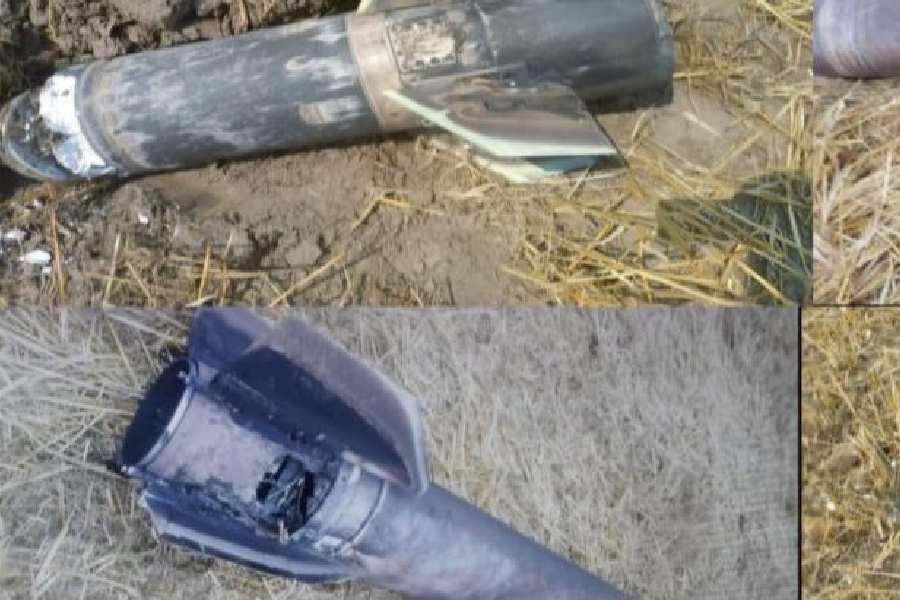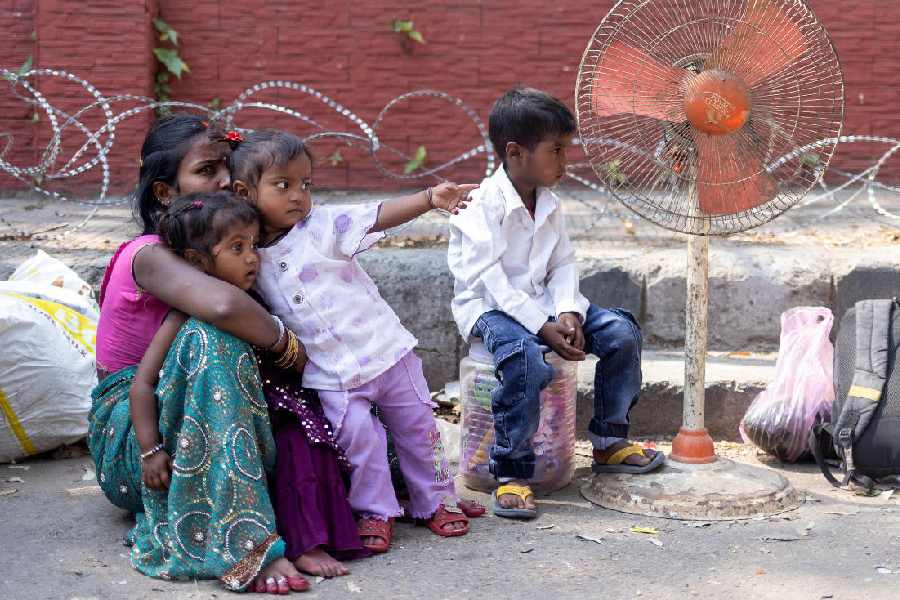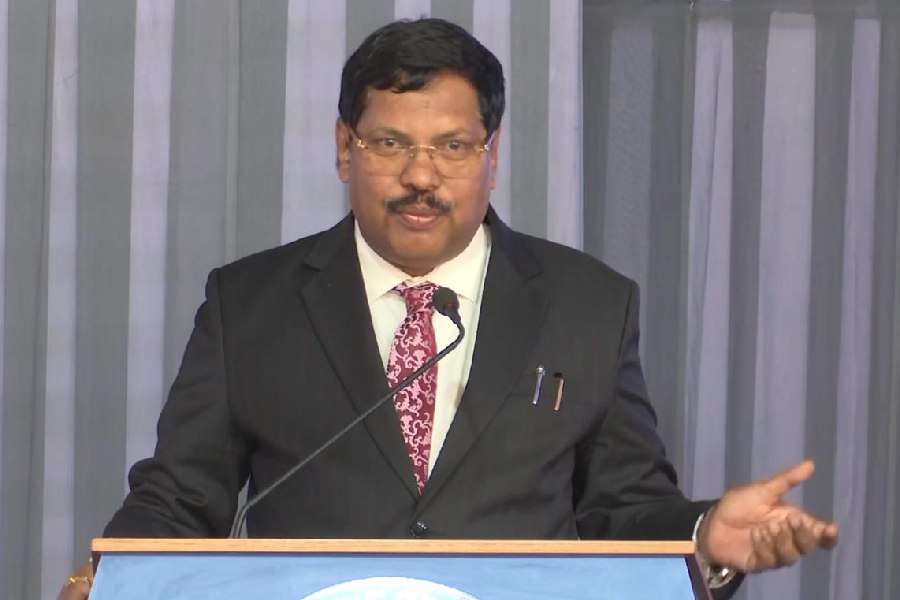Mumbai, Nov. 23 :
Mumbai, Nov. 23:
Kamathipura, Mumbai's sprawling red light district, is crowded with women from West Bengal.
Reba used to live in Barasat - an ordinary girl with ordinary dreams - till she met her neighbour's sister from Mumbai. The two became friendly and Reba's new friend suggested she should come with her to Mumbai for a short visit. Reba's family, poor but happy, bade her a fond farewell. That was the last they saw of her.
When they landed in Mumbai, Reba's friend put her up in a hotel on Grant Road. They started going out in the evenings regularly, though a phone call to Barasat was always put off. Then her friend started bringing in male guests. The message was clear. 'At first I used to cry and cry. Then I gave up,' says Reba.
That was two years ago. Now, a resident of Kamathipura, where she shares a 6 feet x 20 feet room with three other sex-workers - the beds separated by sarees or bed covers hanging from the stands - Reba doesn't want to return home. 'The police raided the other day and we were put behind bars. Then they asked us if we wanted to go home. I said no. My parents know what I do. They say our para won't be able to accept me. And what is there in Calcutta? I'm better off here. There's more money,' she says.
Like Reba, numerous women from West Bengal, possibly running into hundreds, have landed in Kamathipura, home of around 5,000 sex workers according to the last municipal count. In the dingy 14 lanes with their rows of multi-bed one-room quarters where sex can be had for Rs 60 to Rs 100, there are numerous women from Calcutta, its suburbs, 24-Parganas, Birbhum and Murshidabad.
The raid on Reba and her colleagues took place after a girl from near Calcutta, a minor, had brought the police in.
Some are here through force, some choice, for want of a better word. Some women have come from Sonagachhi. But many of the Bengali women have a different past. They are married, with children, and are still with their husbands. 'Mostly with women from West Bengal, whole families come down,' says Seema Shroff
of Asha, the AIDS project run
by the Brihanmumbai Municipal Corporation. 'We get so many
of them in our clinic in Kamathipura,' she adds.
'I used to live in Jadavpur, near the railway station. My husband was a construction worker. We have three children. We just couldn't earn enough. So we came here,' says another Bengali woman in her mid-thirties, cleaning rohu fish, shankha and pala dangling from her hands. Her oldest son dances to a Govinda song in her dingy room where she plies her trade. Her husband, who is trying to get work, thinks his wife's job is a necessary evil.
Kamathipura has always drawn women from various parts of the country, with several women from Karnataka, and of late from Nepal and Bangladesh, but the women from West Bengal are the latest to arrive. They have been trickling in over the past two or three years.
'One reason could be that previously they would be sent as maids to the Gulf countries. That market is saturated now. So Kamathipura,' says Priti Patkar, who runs Prerna, an NGO that works with the children of sex-workers.
But the more important reason is more basic. 'Eshechhi peter jonyo,' says a woman from a Murshidabad village. 'When I came here I tried to work as a maid. But that was hard work and little pay. Then a man I knew brought me here,' she says.
'I came 15 years ago. I was married. There were no Bengali women here then. Now all the gallis are full of them. They have come for the reason everyone comes to Mumbai - for money. Calcutta is tougher,' says a woman. 'But I have sent my son to Calcutta where he goes to school,' she adds.
'Back home they think I sell old clothes. I will go back home one day. But as of now, I want a
ration card.'
 Tuesday, 13 May 2025
Tuesday, 13 May 2025








